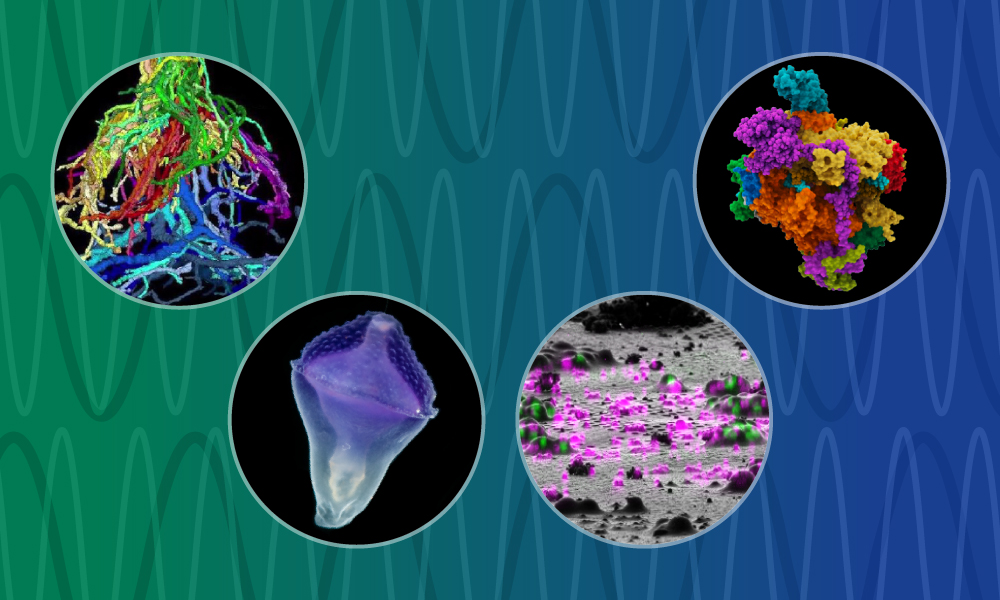
Read the latest Issue
EMBL embarks on technology development journey with European Commission five-year Horizon Europe grant

If they can ‘imagine’ it, these scientists want to build it.
That could be the mantra for the EMBL-led scientific collaboration involved in a new IMAGINE project that kicked off this month, thanks to €10 million in European Union funding to raise the level of imaging technology and workflows that aid scientists in better understanding life in its natural context.

EMBL and scientists from 22 partner organisations in 13 countries have embarked on an ambitious five-year endeavour to build next-generation imaging technologies that can probe the structure and function of biological specimens across scales in their natural context as part of a Horizon Europe research and innovation programme grant.
“EMBL is honoured to coordinate the IMAGINE consortium in developing technologies that quickly move from a research idea to actual use in open access infrastructures,” said Jan Ellenberg, IMAGINE coordinator and head of the Cell Biology and Biophysics Unit as well as the EMBL Imaging Centre. “Consequently, it means a very close working relationship between researchers, tech developers, service providers, tech transfer experts, and companies, so that from the very beginning, we are building a path that flows smoothly from idea to realisation of concept and open innovation.”
As part of this project, scientists from leading European technology development partners, including EMBL, the European Synchrotron Research Facility, Human Technopole, the Max-Planck Society, universities of Ghent and Leiden, and KTH Royal Institute of Technology, as well as Paul Scherrer Institute and the Rosalind Franklin Institute as associated partners, will focus on new developments in the fields of X-ray imaging, cryo-electron microscopy, super-resolution microscopy, and intravital microscopy, as well as field-deployed microscopy tools and methods that can image or natively preserve live cells in their natural environments such as the ocean.
The ultimate goal is to connect as many technologies as possible in robust correlative or connected workflows to be provided as a service for European researchers through the participating European Research Infrastructure Consortia: Euro-BioImaging, Instruct-ERIC, and the European Marine Biological Resource Centre. Connecting technologies that normally operate in isolation has large potential for innovations for new commercial instruments in the future, promoted together with IMAGINE’s industrial partners Arinax, Leica Microsystems, and Tescan. Consequently, EMBL’s own tech transfer arm, EMBLEM, is part of this endeavour as well.
Additionally, IMAGINE will extend beyond tool building to include new approaches that connect several imaging modalities and AI-powered image analysis, as well as new ways to manage the large amounts of data these technologies generate.
The resulting technology and workflows will be openly available to the European research community and complement EMBL’s research programme, ‘Molecules to Ecosystems’, with its vision of studying life in context and advancing understanding of ecosystems at the molecular level.
“Through this collaborative effort, we aim to build the imaging tools that take research to the next level and help us to connect the atomic to the organismal scales, even for samples collected in the field and from the ocean,” Ellenberg said. “The tools themselves will support fundamental research, but it’s this basic understanding that is essential to understand the principles of life on earth, providing us with new means to address the global challenges of the future.”
Looking for past print editions of EMBLetc.? Browse our archive, going back 20 years.
EMBLetc. archive